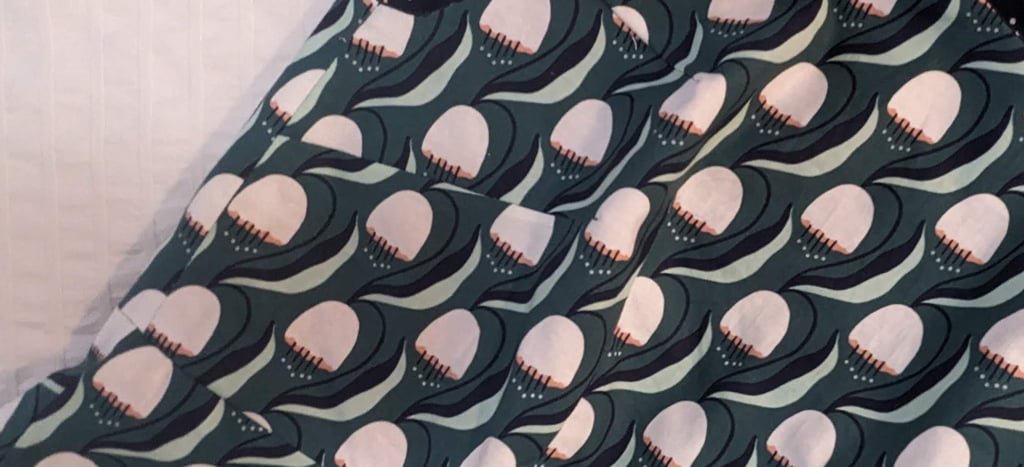3 Crucial Factors to Consider Before Designing a Reversible Dress
8/28/20242 min read
Designing a reversible dress is an exciting challenge that packs versatility into a single garment. However, there are a few crucial factors to keep in mind to ensure that both sides of your creation look flawless. After making this reversible sheath dress, I learned a lot—some things I planned for, while others surprised me. Here are three key things to consider before diving into your reversible dress project:
1. Dress Closure
One of the most obvious and potentially challenging aspects of designing a reversible dress is figuring out how to close it from both sides. The most common solutions are making it a wrap dress or designing it so it doesn’t need a closure at all. However, these options didn’t suit my sheath dress, so I opted for a double-sided zipper. This allowed the dress to be form fitting with a very secure closure. If you’re designing a reversible dress, think carefully about how you’ll handle the closure—it’s a crucial detail that can change your design aesthetic.
2. Attaching the Two Sides Together
Another important consideration is how you’ll attach the two sides of the dress. If your design doesn't include one side of the hem showing through on the other side, you’ll likely need to sew the hems together. However, this requires meticulous preparation—everything must be well ironed and laying flat before you sew the hems together. Otherwise, you might end up with a wrinkled edge on one side. Take your time with this step to ensure a smooth, professional finish.
3. Pairing Fabrics
Choosing the right fabrics is essential when making a reversible dress. The fabrics should be of similar weights and behave similarly. In my reversible dress, I paired cotton fabrics that were slightly different in weight, which made them a bit harder to manipulate in the same way. Additionally, keep in mind that the two layers will make the garment thicker than a single-layer dress. To avoid adding too much bulk, consider using slightly lighter-weight fabrics than you normally would.
Bonus Tip: Precision Is Key
As a bonus tip, be extremely precise when cutting your fabric pieces. To make sure the dress lays well on both sides, it’s important that all seams, darts, and other details line up perfectly. Taking a little more time with cutting will save you hours and headaches trying to get pieces to line up while you're sewing.
Keep these considerations in mind and you’ll be well on your way to creating a reversible dress beautifully and expertly crafted. Happy designing!



